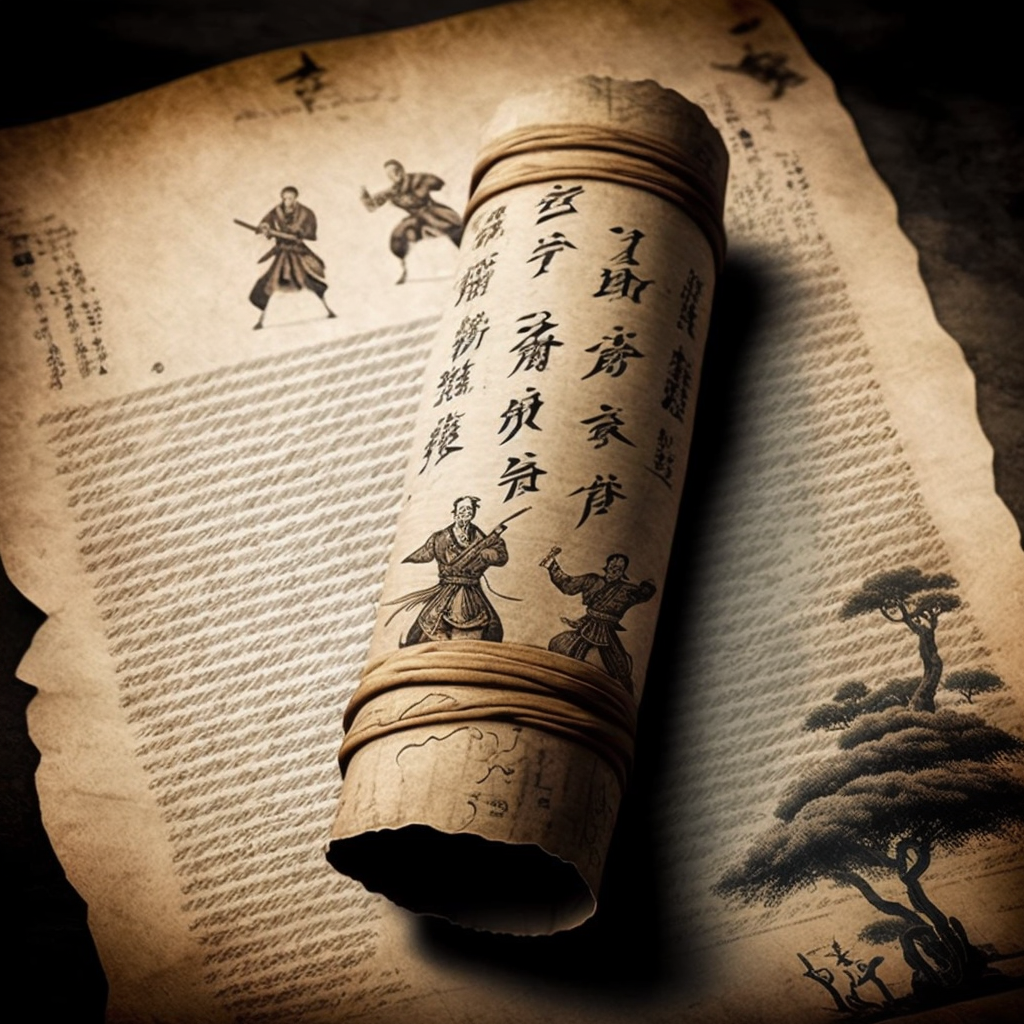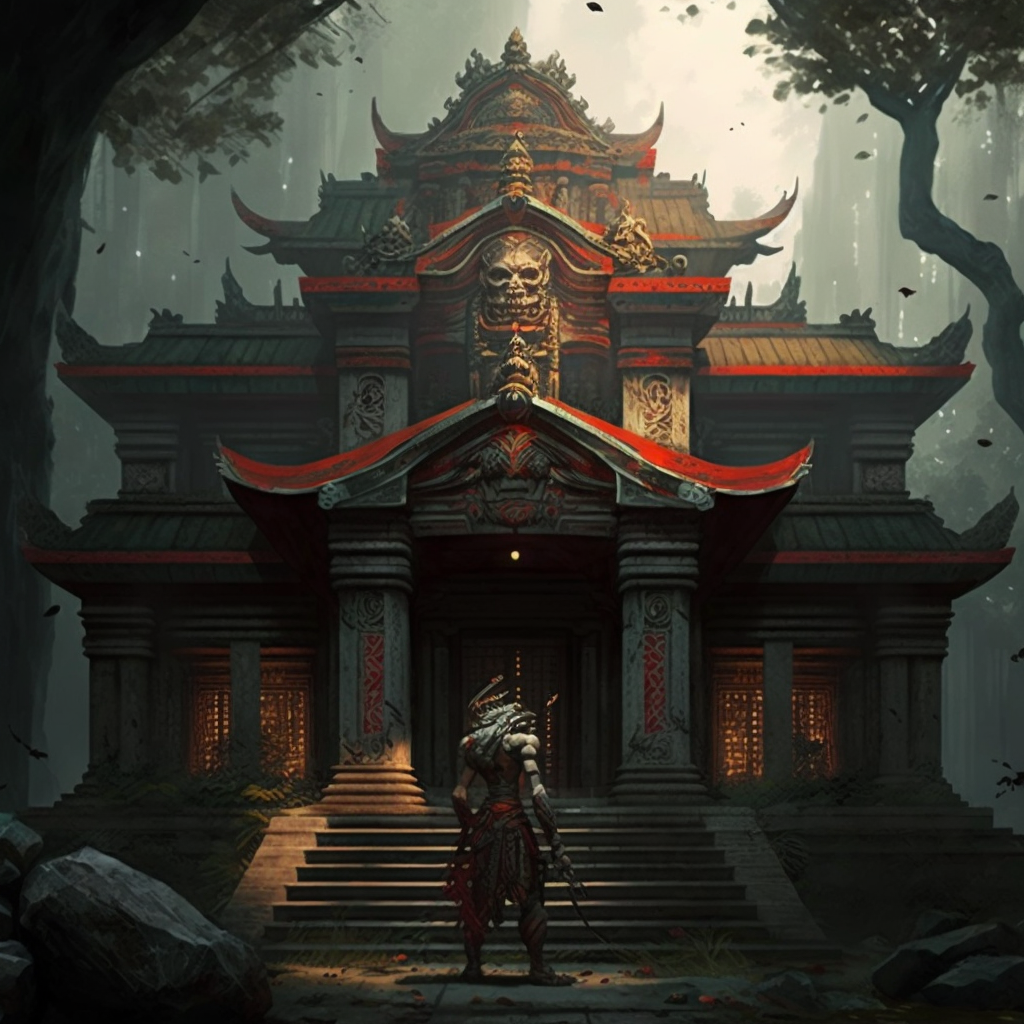

- “The Art of Peace” by Morihei Ueshiba
“The Art of Peace” is a classic martial arts text written by Morihei Ueshiba, the founder of aikido. This book is significant for several reasons. First and foremost, it is a testament to Ueshiba’s philosophy of non-violent conflict resolution. Throughout the book, Ueshiba emphasizes the importance of using martial arts not as a means of violence or aggression, but as a way to foster peace and harmony within oneself and in the world.
In addition to its philosophical significance, “The Art of Peace” is also a valuable resource for anyone interested in learning about the principles and techniques of aikido. Ueshiba was a master of aikido, and he imparts a wealth of knowledge and insight into the art in this book. He covers topics such as the importance of proper posture, the role of ki (internal energy) in aikido, and the principles of blending and redirecting an opponent’s energy.
Check out The Art of Peace for yourself, here

- “The Tao of Gung Fu” by Bruce Lee
“The Tao of Gung Fu” is a book written by Bruce Lee, the iconic martial artist and film star. This book is significant because it reflects Lee’s unique philosophy and approach to martial arts, which was heavily influenced by his study of Eastern philosophy and the Taoist concept of wu wei (non-action).
In “The Tao of Gung Fu,” Lee discusses his ideas about the nature of martial arts and the principles that should guide their practice. He emphasizes the importance of adaptability, efficiency, and simplicity, and advocates for a holistic approach to martial arts training that includes not just physical techniques, but also mental and spiritual development.
Check out the Tao of Gung Fu for yourself, here

- “Zen in the Art of Archery” by Eugen Herrigel
“Zen in the Art of Archery” is a book by Eugen Herrigel, a German philosopher who studied Zen Buddhism and the martial art of kyudo (Japanese archery) in Japan. This book is significant because it explores the intersection of Zen philosophy and martial arts training, and illustrates how the principles of Zen can be applied to the practice of kyudo.
In “Zen in the Art of Archery,” Herrigel describes his experiences learning kyudo under the guidance of a Japanese master, and the lessons he learned about the nature of Zen and the role of the ego in martial arts training. He also discusses the physical and mental techniques used in kyudo, and the spiritual significance of the art.
Check out Zen in the Art of Archery for yourself, here

- “The Classic of Tea” by Lu Yu
“The Classic of Tea” is a book written by Lu Yu, a Chinese monk and tea master who lived in the Tang Dynasty. This book is significant because it is one of the oldest and most influential texts on the subject of tea, and it has had a profound impact on the development of tea culture in China and beyond.
In “The Classic of Tea,” Lu Yu provides a comprehensive guide to the cultivation, harvesting, and preparation of tea. He also discusses the history and cultural significance of tea, and offers insights into the art of tea appreciation. This book is not directly related to martial arts, but it is significant because tea has long been an important part of martial arts culture in Asia, and is often served as a symbol of respect and hospitality in dojos and training halls.
Check out The Classic of Tea for yourself, here

- “The Book of Five Rings” by Miyamoto Musashi
“The Book of Five Rings” is a book written by Miyamoto Musashi, a Japanese swordsman and martial artist who lived in the early 17th century. This book is significant because it is a classic text on the art of sword fighting and strategy, and it is considered one of the most influential martial arts books of all time.
Musashi was a master swordsman who is credited with developing a unique and highly effective sword fighting style known as Niten Ichi-ryu. In “The Book of Five Rings,” he outlines his philosophy and techniques for sword fighting, and offers insights into the nature of martial arts and the role of strategy in combat.
The book is organized into five sections, each corresponding to one of the “rings” of strategy: earth, water, fire, wind, and void. Each section discusses a different aspect of sword fighting and strategy, and is accompanied by illustrations and examples from Musashi’s own experiences in combat.
“The Book of Five Rings” is significant because it is not just a guide to sword fighting, but also a meditation on the nature of martial arts and the role of strategy in life. It is a classic text that is still widely read and studied by martial artists and strategists today.
